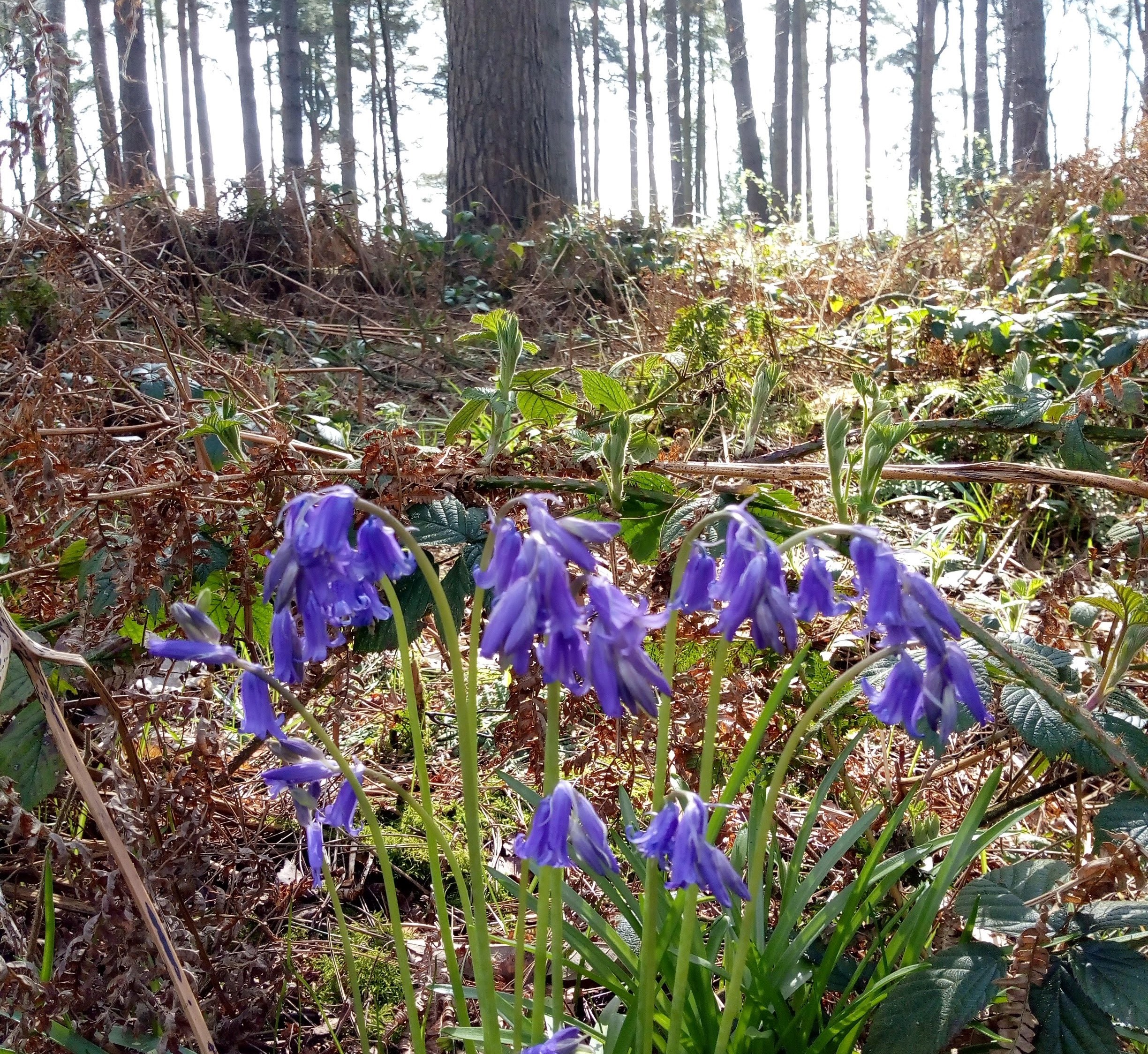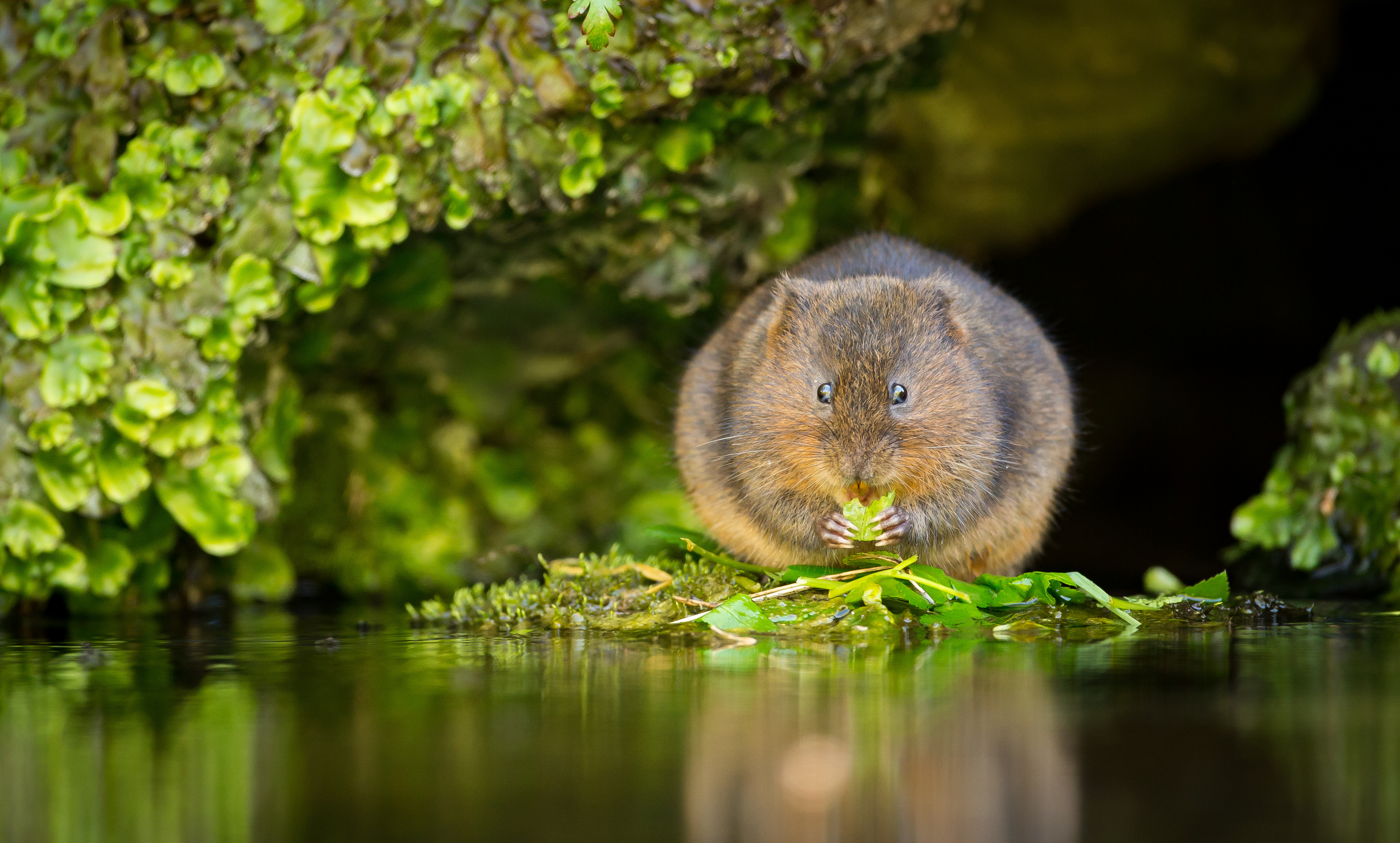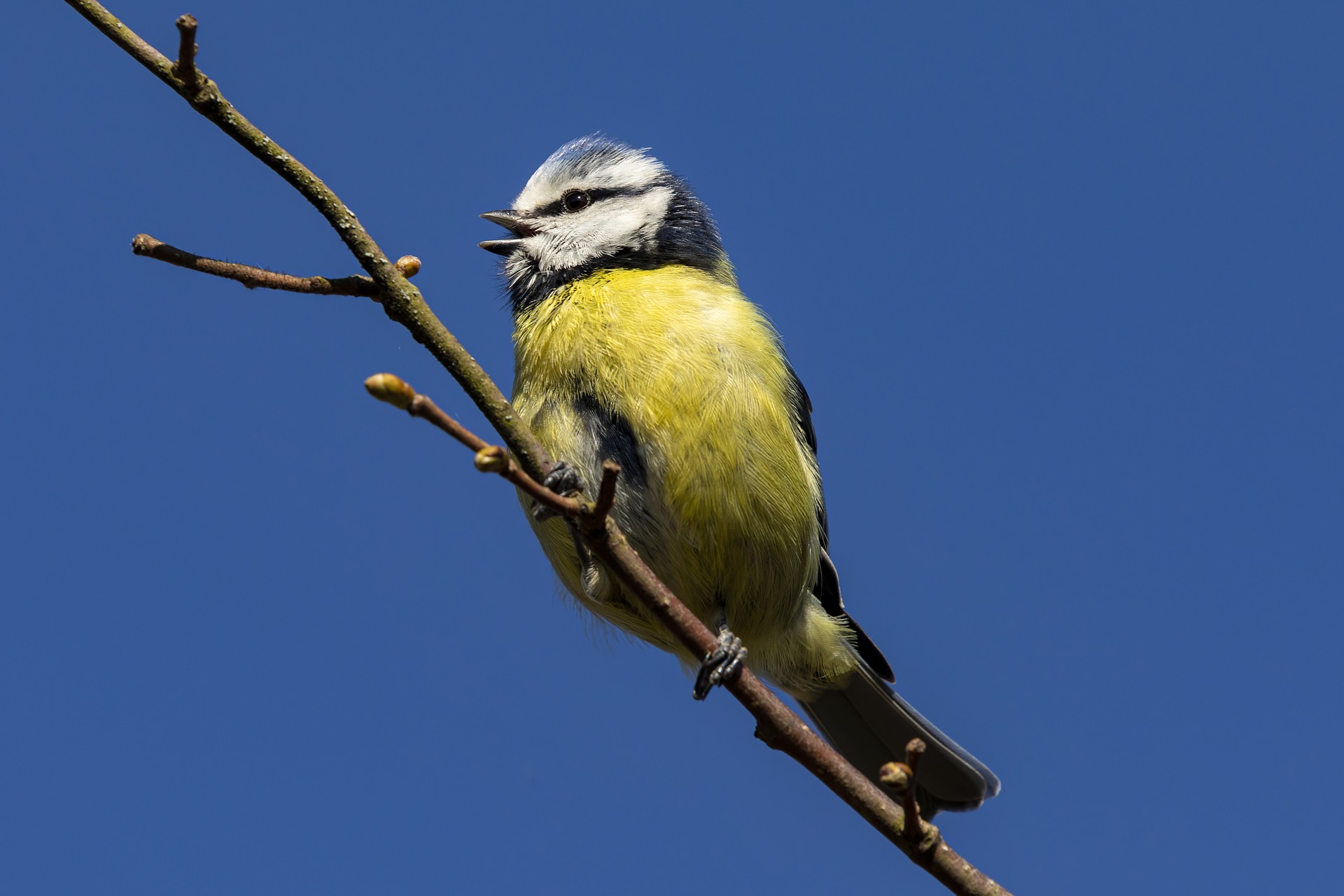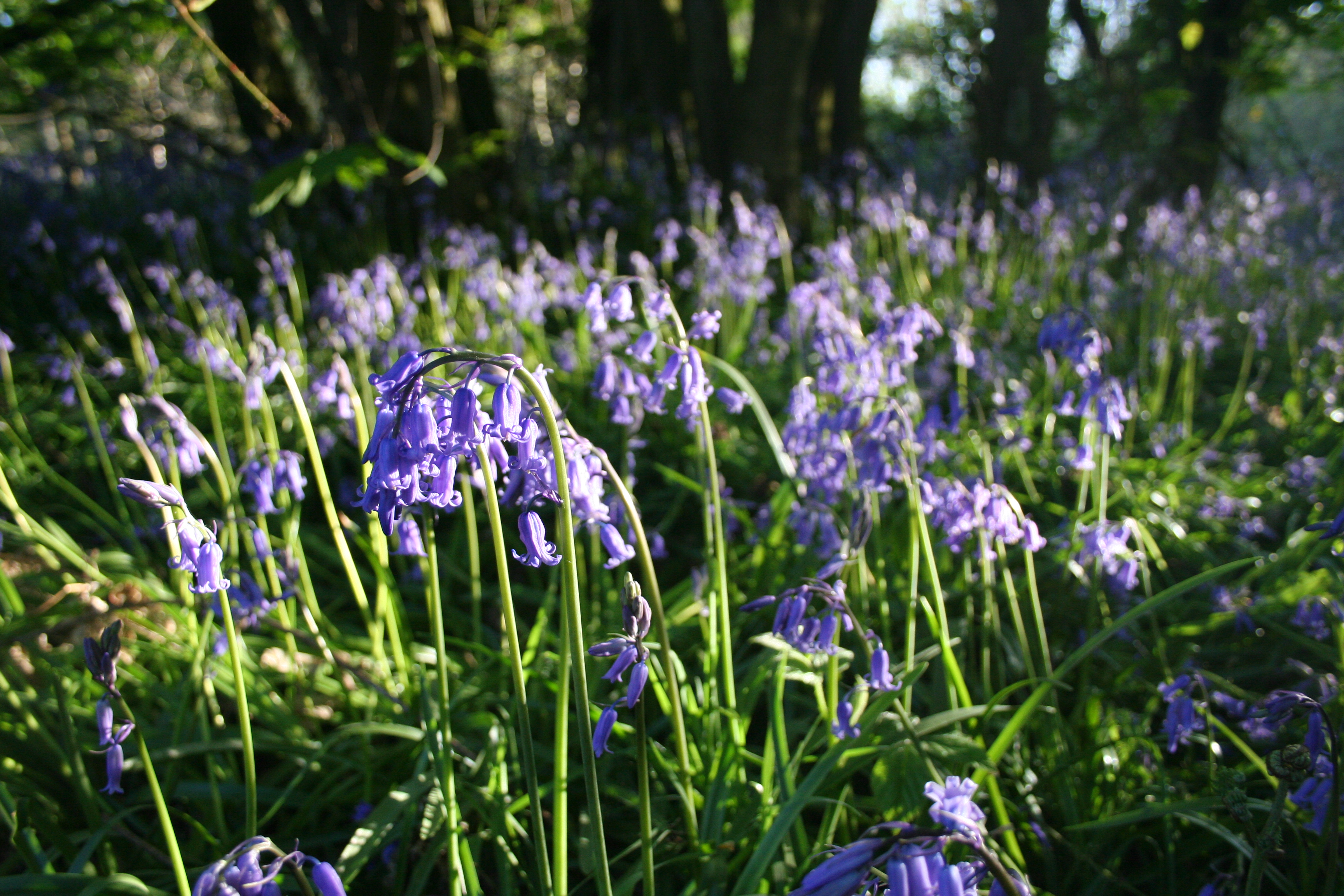Walking the National Forest Way: discovering a new appreciation for the Forest
21st Feb 2024
I stood at the top of Beacon Hill. Below me, trees and fields glittered in the winter sunshine, and the view spread out to the distant horizon. I drank it all in. I’d made it. This was the eastern end of the National Forest Way.
My journey had started several years before. I’d hatched the idea of walking the National Forest Way as a family project after lockdown, and my husband, my two sons and I had managed Stage 12 back in April 2021. Somehow it had stalled after that, though. A couple of years went by before I dug out the map again and figured out some circular routes, so I could walk by myself and not need a car at each end.
That was the boost I needed. I squeezed in walks whenever I could, planning the next route eagerly, and scanning the weather forecast for sunny days. Restarting at Yoxall in April 2023, I managed a hike every few weeks, finishing the route in January 2024.

There was a lovely feeling of walking through the seasons. Daffodils carpeted the ground in Woodmill Woods, near Yoxall; I spotted early bluebells at Jackson’s Bank. There were tulips at Tatenhill and a cuckoo calling near Walton-on-Trent. By the time I got to Calke Abbey, the blackberries were ripe. Halloween pumpkins were piled in a field near Sence Valley Forest Park. November and December were wet; I sloshed past Bagworth in wellies, and detoured around a flooded footbridge at Thornton Reservoir. Finally I reached Bradgate Park and Beacon Hill on a beautiful frosty, sunny day.
The National Forest Way is an ideal start to long-distance walking. It is well waymarked, and the directions are excellent. There are free downloads which include relevant parts of the OS maps with step-by-step instructions in both directions.
It’s not too strenuous. There are no enormous mountains or exposed cliff edges. The route is never too far from a village, a car park, or a café. But there are wide-ranging views, pretty woods, and reclaimed quarries. It’s got plenty of variety. The NFW passes the main attractions of the area – Conkers, Rosliston Forestry Centre, Bradgate Park – but in between, the countryside is very quiet. I often walked miles without seeing another person.

Another advantage is that the National Forest Way forms a giant zigzag, fitting 75 miles of path into a compact space. The distance between the National Memorial Arboretum and Beacon Hill is only about 25 miles. This makes the whole path easy to get to. From my home in South Derbyshire, every section was within a 40 minute drive.
My one disappointment is that I didn’t spot a start/finish sign at either end of the Way. It felt as if there should have been a big banner: “You’ve done it!” There are some nice information signs along the route, so it felt strange not to have anything at the beginning and end.
Walking the National Forest Way has been a wonderful experience. As well as enjoying the exercise, I’ve gained a new appreciation of what the National Forest means. And that joyful moment in the sunshine, at the top of Beacon Hill, will stay with me for a very long time.
 Martha White lives in South Derbyshire with her husband, two sons, and two guinea pigs. She has always enjoyed tramping across muddy fields, but this is the first time she has followed a long-distance trail. When she’s not walking, she can usually be found in a kitchen, in a church, or with her nose in a book. You can read more details about her National Forest Way walk on her blog.
Martha White lives in South Derbyshire with her husband, two sons, and two guinea pigs. She has always enjoyed tramping across muddy fields, but this is the first time she has followed a long-distance trail. When she’s not walking, she can usually be found in a kitchen, in a church, or with her nose in a book. You can read more details about her National Forest Way walk on her blog.
Do you have a story or experience you would like to share? From poetry to personal stories, we would love to hear from you and your experiences of nature and the National Forest. Email us at stories@nationalforest.org
Give to the Forest
Give monthly or one-off donation?


